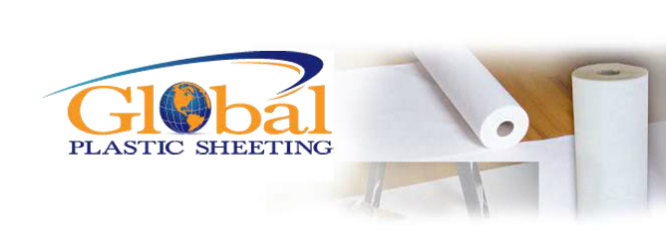When constructing or renovating any building, moisture and airflow control are crucial to maintaining indoor air quality, energy efficiency, and structural integrity. Two commonly discussed materials in this context are vapor retarders and air barriers. While they are sometimes confused or assumed to serve the same purpose, they perform very different functions—and both are vital in the right applications.
In this blog, we’ll explain the difference between vapor retarders and air barriers, when and where to use them, and how each helps protect your building from costly damage and energy loss.
What Is a Vapor Retarder?
A vapor retarder (also known as a vapor barrier) is a material that slows down or limits the movement of water vapor through a building assembly. It is primarily used to control moisture diffusion, which is the slow movement of water vapor through materials like drywall or insulation.
Key Characteristics:
-
Rated by permeability (perms): the lower the perm rating, the more it resists vapor diffusion.
-
Materials with 0.1 perms or less are considered vapor barriers.
-
Common materials include polyethylene plastic sheeting, foil-faced insulation, and vapor-retardant paint.
Purpose:
-
Prevent condensation inside wall cavities that could lead to mold, rot, and insulation damage.
Where to Use It:
-
Cold climates: Installed on the interior (warm side) of insulation to stop indoor moisture from reaching cold exterior walls.
-
Hot, humid climates: May be used on the exterior (warm side) of the building envelope.
Important Note:
-
Vapor retarders must not trap moisture. If installed improperly or in the wrong climate zone, they can actually cause moisture buildup.
What Is an Air Barrier?
An air barrier is a material or system that stops the uncontrolled flow of air through a building envelope. Unlike vapor retarders, air barriers are designed to block air movement, which often carries moisture into and through building assemblies.
Key Characteristics:
-
Air barriers must be continuous and sealed to be effective.
-
They may be permeable or impermeable to vapor, depending on the material.
-
Examples include house wrap (like Tyvek), spray foam, gaskets, and sealants.
Purpose:
-
Control air leakage, reduce energy loss, and prevent moisture-laden air from entering and damaging walls and ceilings.
Where to Use It:
-
On the exterior sheathing or interior drywall—depending on design.
-
In all climate zones, especially to meet building codes focused on energy efficiency (e.g., IECC).
Pro Tip:
-
Air barriers should be installed as a system—sealing joints, edges, and penetrations for full effectiveness.
How Vapor Retarders and Air Barriers Work Together
In many buildings, both systems are necessary—but their success depends on correct placement and design.
Scenario Example:
-
In a cold climate home:
-
Install a vapor retarder on the interior side to block indoor moisture.
-
Use an air barrier on the exterior side to prevent air infiltration and help the wall dry outward.
-
In this configuration:
-
The vapor retarder prevents moisture from migrating into the wall.
-
The air barrier reduces drafts and helps the building retain conditioned air.
Don’t Confuse the Two:
-
A material can sometimes serve both functions (like spray foam), but most materials are designed for one or the other.
-
Choosing the wrong material or installing it incorrectly can trap moisture, reduce energy efficiency, or cause mold problems.
Addressing Each Effectively
✅ How to Properly Use Vapor Retarders:
-
Choose the right perm rating based on your climate zone.
-
Install on the warm side of insulation (interior for cold climates).
-
Avoid double vapor barriers (don’t place poly on both sides of insulation).
-
Tape seams and seal around penetrations if applicable.
✅ How to Properly Use Air Barriers:
-
Ensure continuity across all components—walls, ceilings, and floors.
-
Use appropriate materials (membranes, spray foam, tapes, sealants).
-
Seal all joints, edges, and openings (windows, doors, pipes).
-
Conduct a blower door test to verify air tightness.
Final Thoughts
While they’re often confused, vapor retarders and air barriers serve distinct but complementary roles in building science. The vapor retarder controls how moisture diffuses, while the air barrier controls how air (and the moisture it carries) moves through your structure.
Both are essential for achieving high-performance buildings that are energy-efficient, comfortable, and durable.
Want help choosing the right vapor or air barrier materials for your next project? Contact our building envelope experts today.




